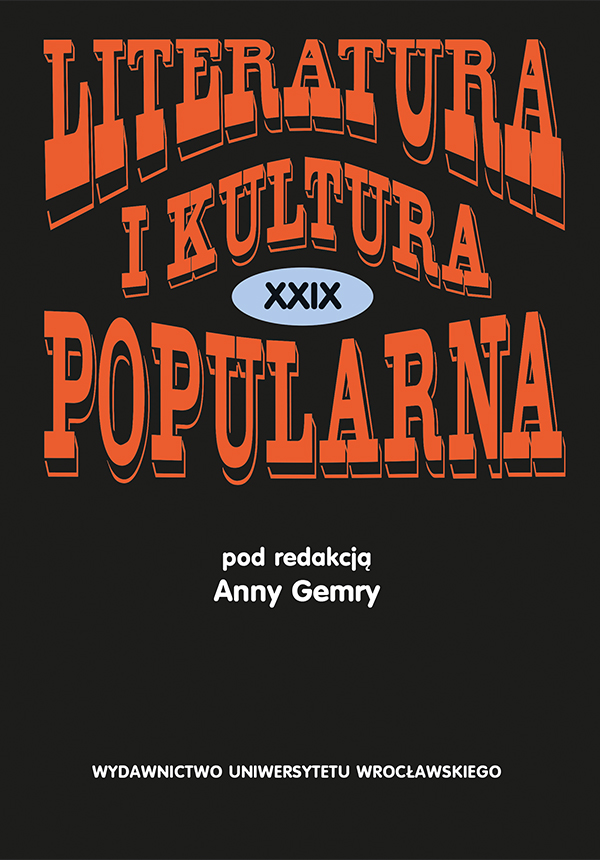„Przed” i „po” Bramie Stokerze (D. Stoker, I. Holt, „Dracula: Nieumarły;” D. Stoker, J.D. Barker, „Dracul”)
"Before" and "after" Bram Stoker (D. Stoker, I. Holt, "Dracula: The Undead"; D. Stoker, J. D. Barker, "Dracula")
Author(s): Krystyna WalcSubject(s): Language and Literature Studies, Studies of Literature, Other Language Literature
Published by: Wydawnictwo Uniwersytetu Wrocławskiego
Keywords: wampir; Dracula (postać fikcyjna); Wład Palownik; hospodar wołoski; Bram Stoker; Dacre Stoker; Ian Holt; J.D. Barker
Summary/Abstract: The author analyzes two contemporary novels: Dracula the Un-Dead by Dacre Stoker (Bram Stoker’s relative) and Ian Holt (2009) and Dracul by Dacre Stoker and J.D. Barker (2018). The main question is whether the modern books can be treated as (respectively) a sequel and prequel to Bram Stoker’s Dracula, or do they tell us much more. The most important change is the moral assessment of the vampire character: in both works we can find both ‘good’ and ‘bad’ vampires. The book by Stoker and Holt is important here — it turns the whole Dracula fiction ‘upside down’ — in this story Dracula is ‘the good guy.’ The influence of modern vampire narratives, as well as of contemporary novels with Vlad the Impaler (who gave a name to Stoker’s Dracula) as a protagonist is clearly visible. The author also pays some attention to intertextual games between the discussed texts.
Journal: Literatura i Kultura Popularna
- Issue Year: 29/2023
- Issue No: 1
- Page Range: 335-344
- Page Count: 10
- Language: Polish

